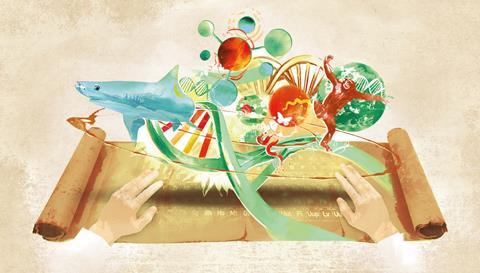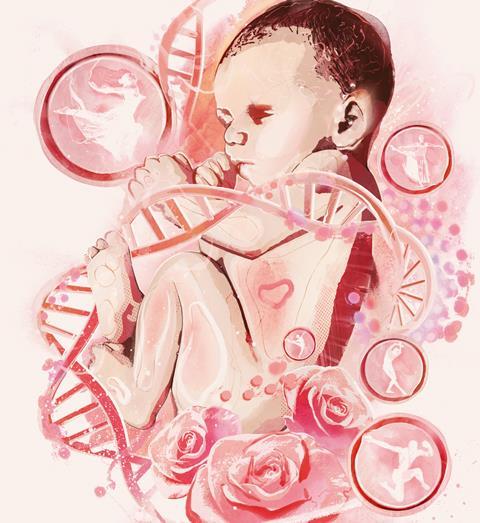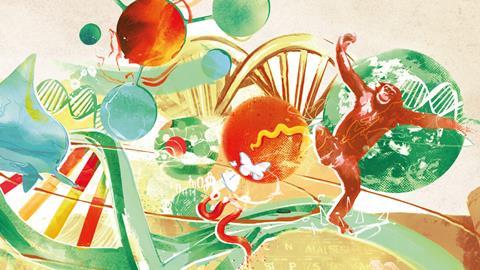Join Dr Ruth Bancewicz for a guided meditation, looking at the beauty of God’s creation
Thousands of scientists around the world today share a thoughtful, sincere Christian faith. The things they discover help them to enjoy the beauty and intricacy of the world and worship our creator God more fully. Their work also raises some fascinating questions about the meaning and purpose of the things they see.
PUTTING IT ALL TOGETHER
Science is a way of understanding the world by observing, measuring and finding ways to describe how physical processes work. To begin to answer questions about meaning and purpose, we have to look to other ways of knowing, including philosophy and history. The ultimate answers come from our Christian faith which overarches everything, making sense of all these different parts together.

THEOLOGY AND SCIENCE
Theology can be seen as a lens that helps bring the world, including everything revealed by science, into focus and helps us make sense of it. For example, the Bible describes God bringing order to creation and that is what we see when we explore things scientifically: there is order in every part of the living world.

READING GOD IN NATURE
The things we learn about God’s world through science can help us to grow in faith and understanding. We won’t find out very specific things about God by looking at his creation but we can see evidence of his power and wisdom and we will be challenged to think and ask questions.

FEARFULLY AND WONDERFULLY MADE
The beauty and complexity of creation is evident - from the largest mammal to the tiniest insect. Professor Jeff Hardin studies worm embryos, which helps us understand some of the basic features of human development. He says: “When I see an amazing image from the lab, it causes me to stop, pause with wonder and stand rapt in awe, and thank God who lies behind all of this beauty.”

THE ORIGINS OF LIFE
How did life arise in the first place? The universe is a fruitful place, with organic molecules forming on rocks that spin through space and lots of water – especially on our own planet. The main origin of life theories today involve either deep sea ocean vents or warm springs at the earth’s surface. Simpler molecules made of RNA (which is similar to DNA but more versatile) were probably the key players early on, interacting and reacting to form replicating units. One of the most important factors was likely to be the way in which random movement on a small scale can result in order and patterns on a larger scale – like rolling dice multiple times and getting a six approximately one-sixth of the time. However life arose, the scientific clues are compatible with the existence of a loving God who has a purpose for his creation.

Want to dive deeper? Watch Dr Paul Davies of the Beyond Center aånd rabbi-physicist Dr Jeremy England discuss ‘Do we need a new theory for how life began?’ with host Justin Brierley. thebigconversation.show




































